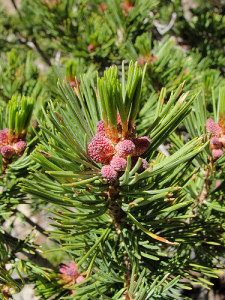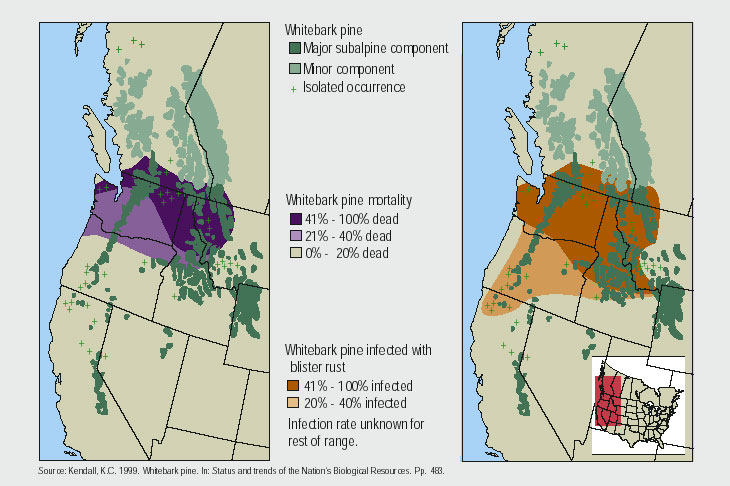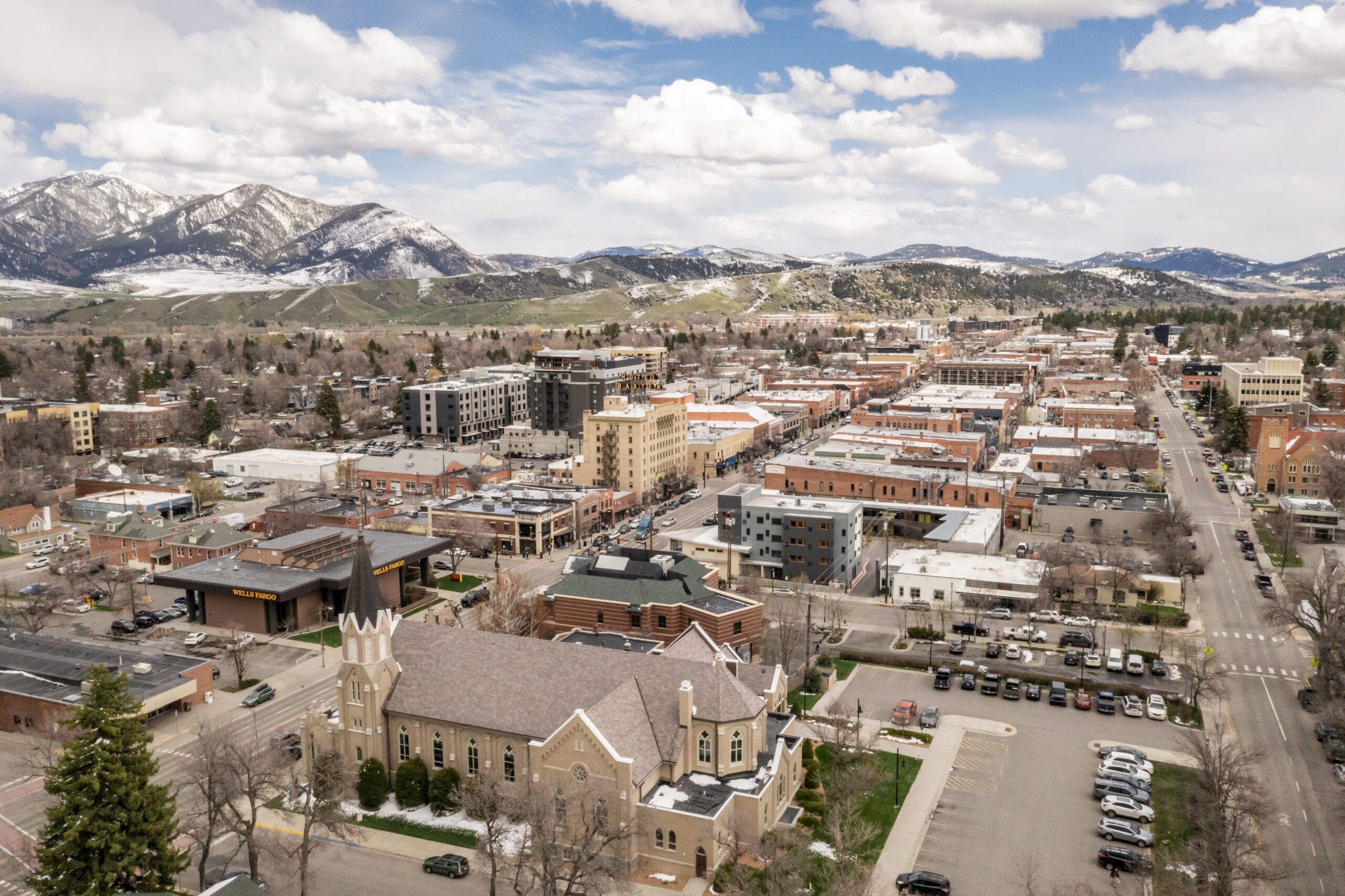By Jessie Wiese EBS Contributor
Whitebark pine is a hardy, five-needled conifer classified as a stone pine that grows on aspects and high elevations where other species cannot survive. It’s a familiar sight in the Big Sky area, but several environmental threats are now challenging its ubiquity.
Known by its scientific name Pinus albicaulis, the whitebark is a candidate species for the Endangered Species Act and may be danger of extinction within two to three generations. Indeed, field research conducted by the U.S. Geological Survey’s Northern Rocky Mountain Science center, showed that whitebark pine is functionally extinct in more than a third of its range in northern Rocky Mountain ecosystems.
It’s been heavily impacted during the last several years – threats to the species include habitat loss; mortality from white pine blister rust; fire and fire suppression; the inability to manage the species across large landscapes; and the mountain pine beetle.

The species is well-known throughout the region due to its relationship to climate change, grizzly bears, and threats from disease. It is known as a “keystone species” that helps facilitate the health of several other species in the area.
“[Whitebark pine] helps hold water longer in the season by slowing [the] process of snowmelt, [and] provides site amelioration, allowing other key species like spruce and fir establish,” Jungck said.
The tree also reduces soil erosion by quickly regenerating after fire and other disturbances, and provides food for many birds and mammals – it’s a key dietary staple for grizzly bears.
One of the most complex issues of whitebark pine restoration is that the species is mainly located at high elevations on federal lands, which can make research and management difficult. Maintaining communities requires a coordinated effort across federal, state and other land management agencies.
“Often agencies will resort to helicoptering the trees in for restoration efforts, which leads to massive expense,” said Jungck, referencing volunteer groups like the Jenny Lake Climbing Rangers in Grand Teton National Park, which have been enlisted to assist in the efforts.
“Finding funding for these projects can be challenging, [because] the area they are trying to cover is huge,” Jungck added.
Another challenge is that many whitebark forests exist in wilderness or wilderness study areas where ecosystems are not managed at all, in accordance with federal guidelines.
Outside of these wilderness areas, land managers in the most highly impacted regions of whitebark pine ranges are using several restoration techniques including protecting mature cone-producing trees from wildfire; protecting potentially blister rust-resistant trees from mountain pine beetles; planting seedlings in accessible, competition-free areas; and in some cases removing competing tree species from whitebark pine stands.
The Big Sky area has a unique opportunity to work with the species due to private landownership over a large whitebark pine range. And the environmental team at the Yellowstone Club, a private residential community located in Big Sky, is one land manager taking an active approach.
Since 2009, with help from consulting foresters, the Y.C. has been working on seeding and seed-plant restoration as well as thinning less desirable species within the whitebark pine communities. The team is also treating whitebarks in key areas with verbenone flakes, an anti-aggregating pheromone that tells beetles a tree is off limits.
“The effort started out of our curiosity over whitebark mortality due to the mountain pine beetle outbreak, and it created a partnership with several agencies,” said Rich Chandler, the environmental manager for the Yellowstone Club, referring to the U.S. Department of Agriculture, Forest Service, Department of Natural Resources Council, and foresters and entomologists from Montana State University.
“It can take years for these groups to get approval on public lands and we were able to allow them access to start research right away during the peak of the mountain pine beetle outbreak,” Chandler said.
In 2015 alone the Y.C. contributed more than $100,000 toward whitebark pine research and management on its property.
The club’s environmental team is currently mapping, taking inventory and thinning whitebark pine areas slated for future recreational and residential development. This includes more than 65 study plots over a 200-acre area in whitebark-specific habitat.
The effort focuses on understanding the species’ history, density and composition to best influence future management practices and establish guidelines for low-impact development.
Even with the existing threats to the species, Jungck has hope for the future of whitebark.
“Do I think white bark pine is doomed to extinction?” Jungck said. “No, I think that climate change predictions are showing decline but restoration activities can be maintained on the landscape.”
__________
What can you do if you have whitebark pine on your property? Brad Bauer, an MSU/Gallatin County resource extension agent, shares some tips:
– Reduce risk of wildfire
– Thin out competitors
– Create microclimate areas for seed establishment
– In late June, place two verbenone packets on the north side of the tree 10 feet aboveground
– Prune branches that are infected with whitebark pine blister rust














